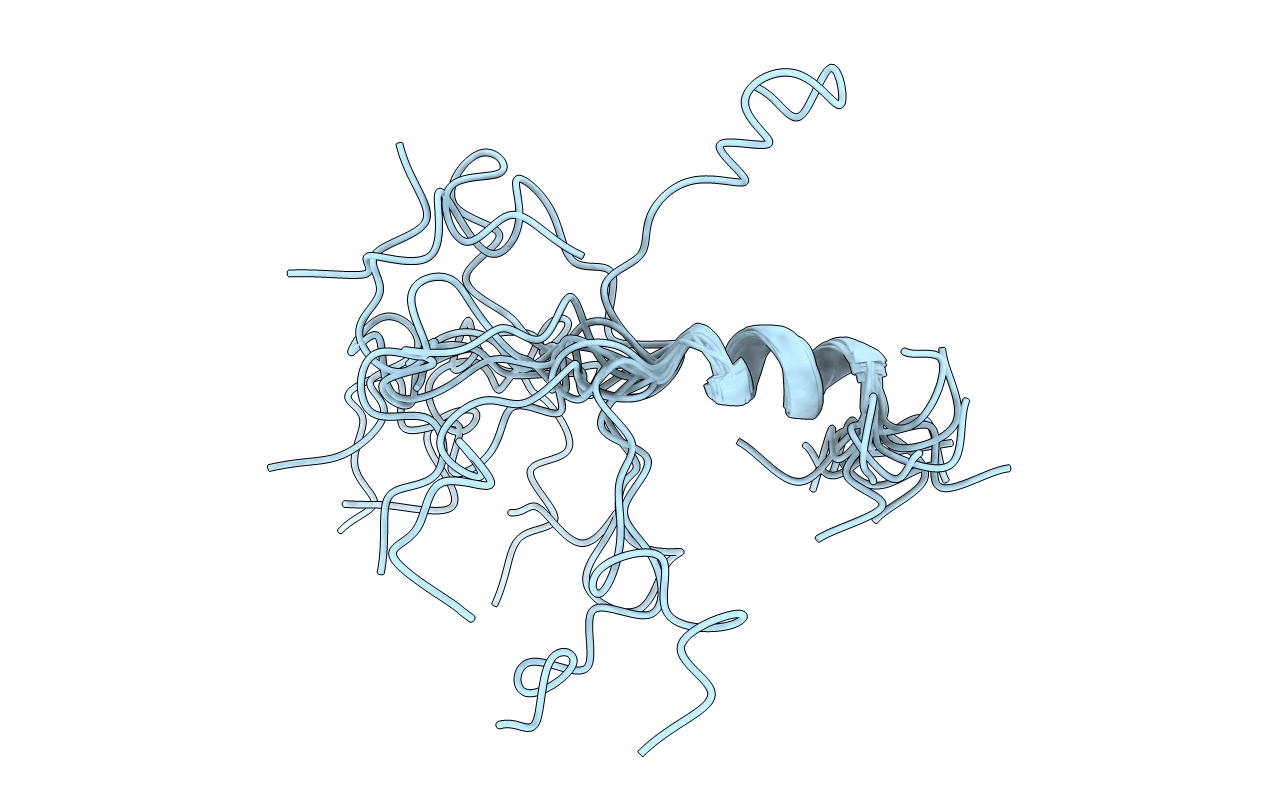
Deposition Date
1998-06-23
Release Date
1998-11-18
Last Version Date
2024-05-22
Entry Detail
PDB ID:
1BJC
Keywords:
Title:
SOLUTION NMR STRUCTURE OF AMYLOID BETA[F16], RESIDUES 1-28, 15 STRUCTURES
Biological Source:
Source Organism:
Homo sapiens (Taxon ID: 9606)
Host Organism:
Method Details:
Experimental Method:
Conformers Calculated:
50
Conformers Submitted:
15
Selection Criteria:
LOW ENERGY, LOW VIOLATIONS


